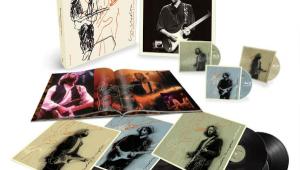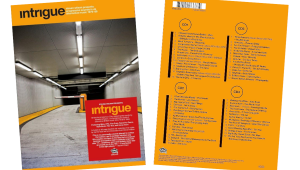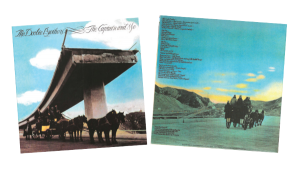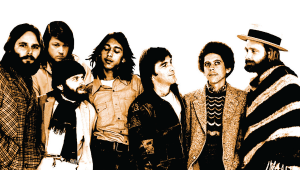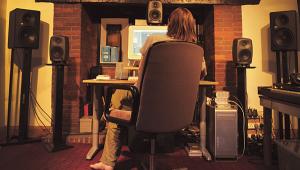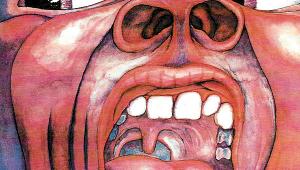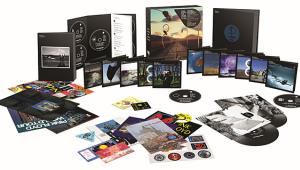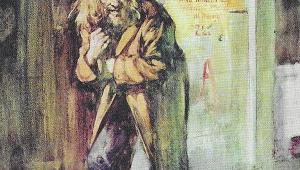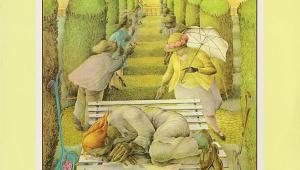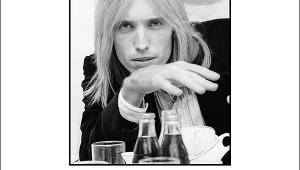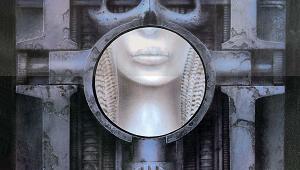Maximum Impact
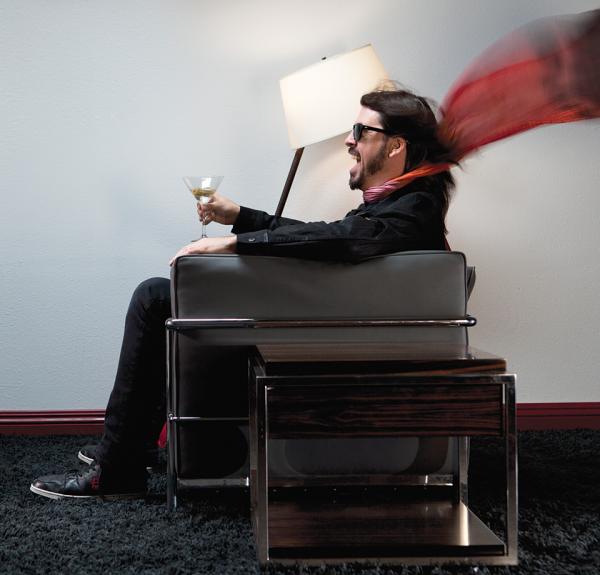
Dave Grohl and I are crouched together on a hot blacktop driveway that encircles the SoCal locale where the photo session for this exclusive S+V cover story is taking place. To the onlookers who shuffle past us and sometimes hover at a respectful distance, it appears as if these two hunched, animated, close-talking bearded longhairs are plotting to take over the world — and perhaps that’s not an entirely wrong assumption. Actually, we’re bended-knee deep in the midst of dissecting the reasons why Wasting Light (Roswell/RCA), the Foo Fighters’ first #1 album in their 16-year career and a welcome rock ’n roll punch to the gut of music-sales erosion, exudes such lasting sonic vigor. (Well, there’s that, and there’s the “hell yeah!” realization of our mutual love for Led Zeppelin’s In Through the Out Door. But I digress.)
The most important factors for Light’s primal, visceral appeal are directly tied to how it was recorded: all-analog and onto tape with no Pro Tools “smoothing” allowed per Grohl’s explicit orders to producer Butch Vig. Plus, as Dave mentioned boldly above, it was also made in quite the cozy setting — his garage, which was retooled and recast as an intimate recording suite. Usually, the Foos cut their tracks at Studio 606, their own collective Southern California recording haunt, but this time around, Grohl had a different idea.
“The analog recording concept was simple to me,” he says. “I just imagined that’s the way it should be done. The simple signal path of a microphone into an EQ and then into the tape machine — plus not having to scroll through Pro Tools menus — means you’re restricted to actual performance, which is good. It makes you sound like a human being. And that’s f---ing awesome.”
- Log in or register to post comments
